Centuries ago, before the emergence of BoulderCAST, humans looked to the flora and fauna for hints about what the weather might do. For instance, before it rained, it was often observed that ants move to higher ground, cows lay down, pine cones open up, frogs croak more rapidly, and trees curl their leaves. Over the years, we began to notice other natural clues to upcoming weather, and several weather proverbs developed. From the farmers of Medieval Europe, to the Native Americans that roamed the Southwestern U.S., almost every society and region has them. We will be examining the validity of established meteorological proverbs in a new mini-series where we ask, “Fact or Fiction?”
When repeating weather proverbs, it is important to remember that they are usually based on someone’s observations and not on actual scientific studies. Because climates and weather patterns differ throughout the world, a weather proverb based on observations in one location may not be remotely valid in another. This is especially true in Colorado, as our mountains throw a wrench into most proverbs that were engineered at sea or on flat and expansive farmland.
Some proverbs arose simply from coincidence, not true weather patterns, and therefore seldom hold true. But under certain circumstances, some do have some truth to them and hold up to the meteorological standards at BoulderCAST.
We begin this series, with a very well-known weather proverb you are sure to have heard before:
This proverb actually stems from a bit of truth. Though the origins are clearly nautical, can it be applied effectively in Colorado? Several important aspects of meteorology come together for this one:
- Colorful skies at sunrise and sunset are the result of Rayleigh scattering of sunlight, a process that is more effective for blue light than red light (remember, sun light is a mixture of all colors!). When the sun is at a low angle, it passes through more of the Earth’s atmosphere. This allows more Rayleigh scattering to occur than during the rest of the day. Much of the blue light is scattered away, leaving yellows, oranges, and reds behind.
- More Rayleigh scattering occurs in a polluted, dirty atmosphere than in one that is clean and clear. This causes polluted/dirty atmospheres to make our sunsets much redder than normal.
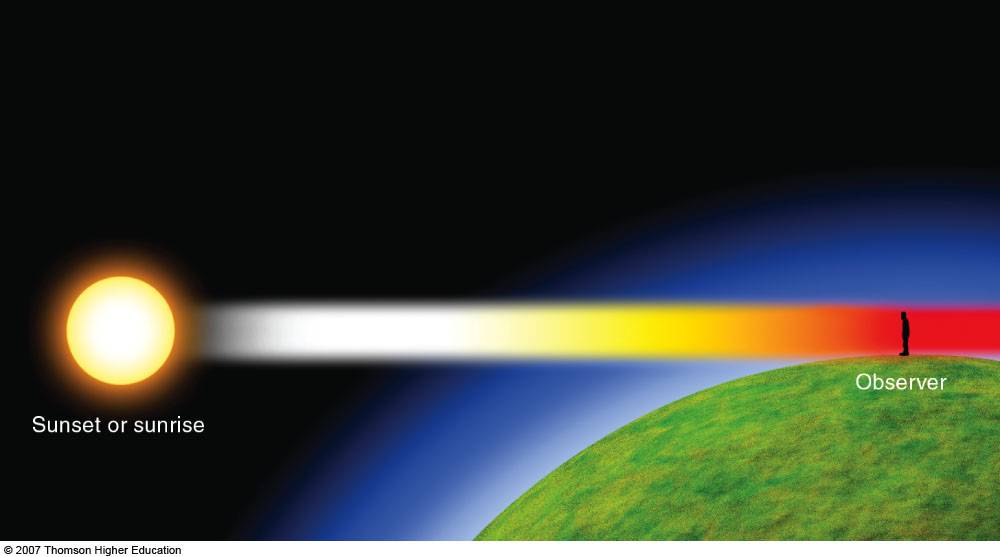
Diagram showing how the white light from the sun becomes redder as it passes through more and more atmosphere due to Rayleigh scattering.
- High pressure, which is usually associated with good weather, is often accompanied by a stable atmosphere, light winds, and very little precipitation. Under these conditions, pollution, dust, sea salt, smoke, etc. do not get mixed around or removed from the air and can build up in the atmosphere. So in general, high pressure areas will have dirtier air, and therefore, better sunsets.
- The last part of the proverb has to deal with the sun’s differing position at sunrise and sunset. No matter your location, the sun will rise in the east and set in the west. If the sky is red in the morning, high pressure is likely to your east. If you see a crimson sunset, high pressure is likely to your west. Based on the normal progression of weather in the mid-latitudes, west to east, a red morning sky means the high pressure is moving away from your location, potentially ushering in low pressure and bad weather. While a red sunset signals the approach of high pressure, and good weather.
For the Front Range, this proverb should be used with extreme caution. The Rocky Mountains, located directly to our west, prevent most weather systems from approaching us from that direction. High pressure often slides down from the Northern Plains, effectively arriving to us from the north-northeast. Further complicating things, high pressure at the surface generally brings upslope conditions to eastern Colorado (and precipitation!), while low pressure can often mean warm and sunny, but breezy downslope conditions.
The take away: don’t read too much into Colorado’s beautiful sunsets. Fortunately, you’re not a sailor stuck at sea before the invention of the internet. Just stick to BoulderCAST for all your weather forecasting needs!
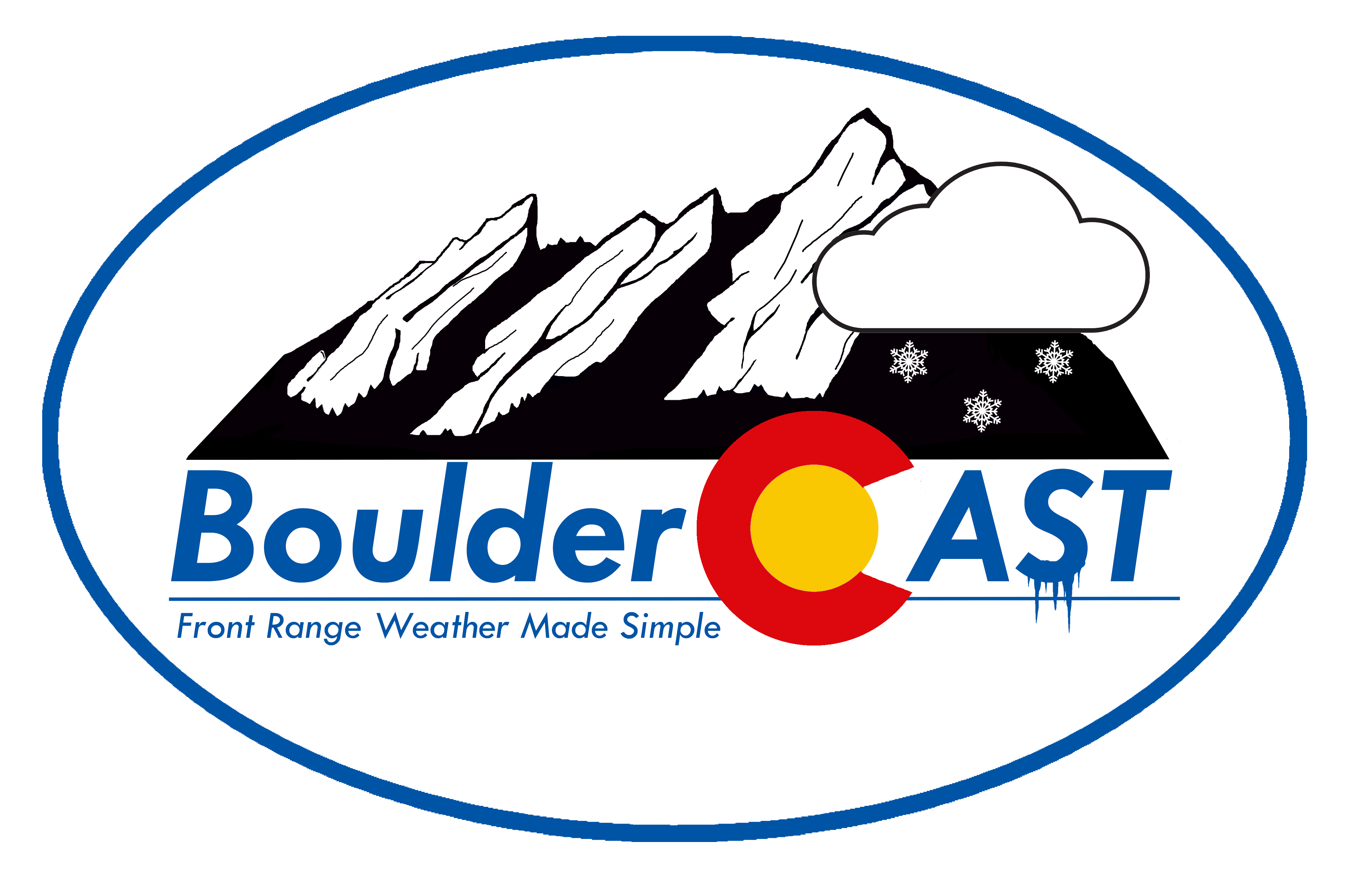
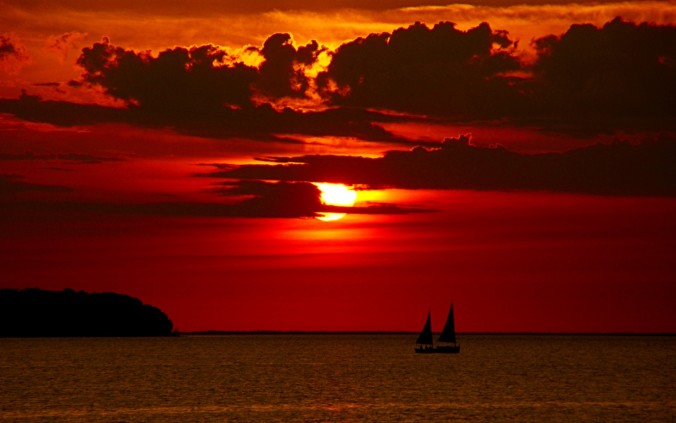
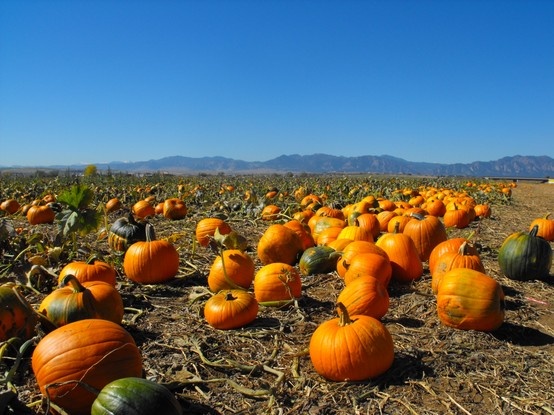


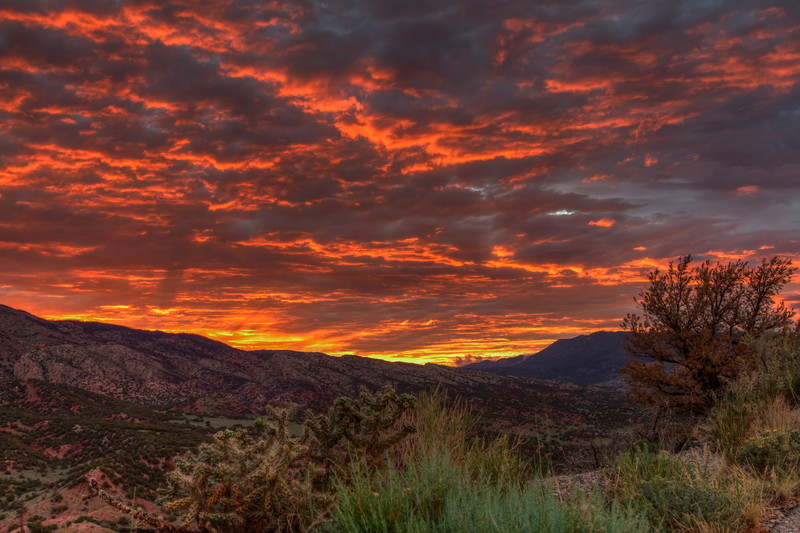

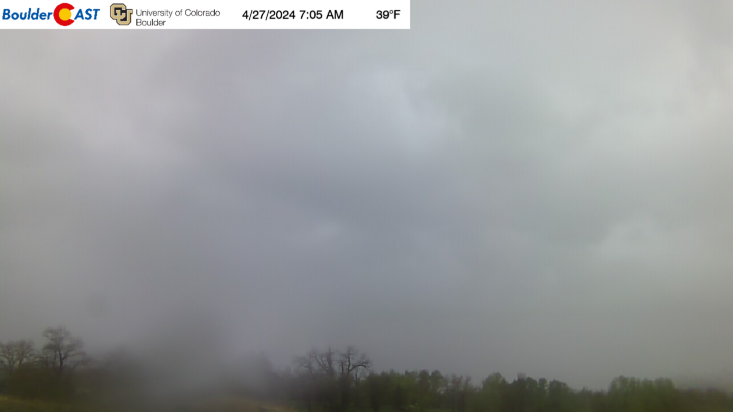
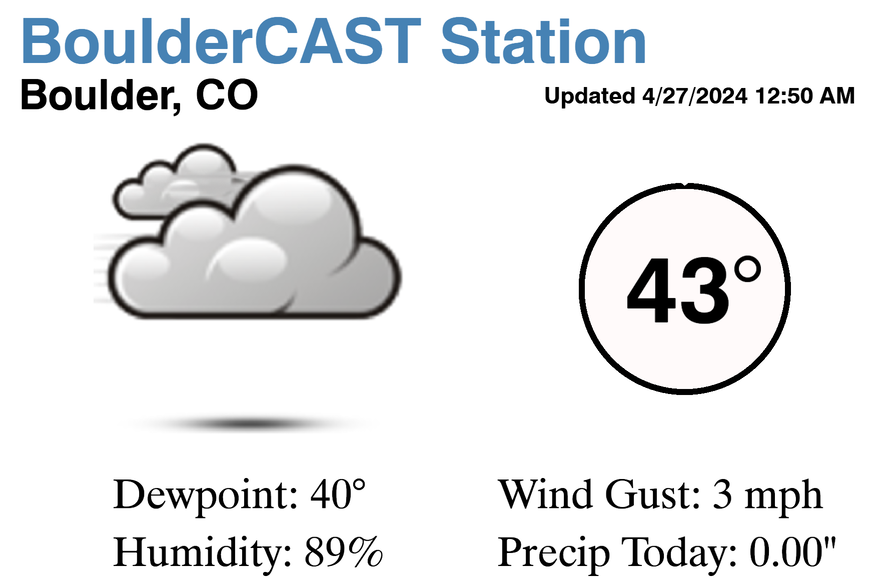
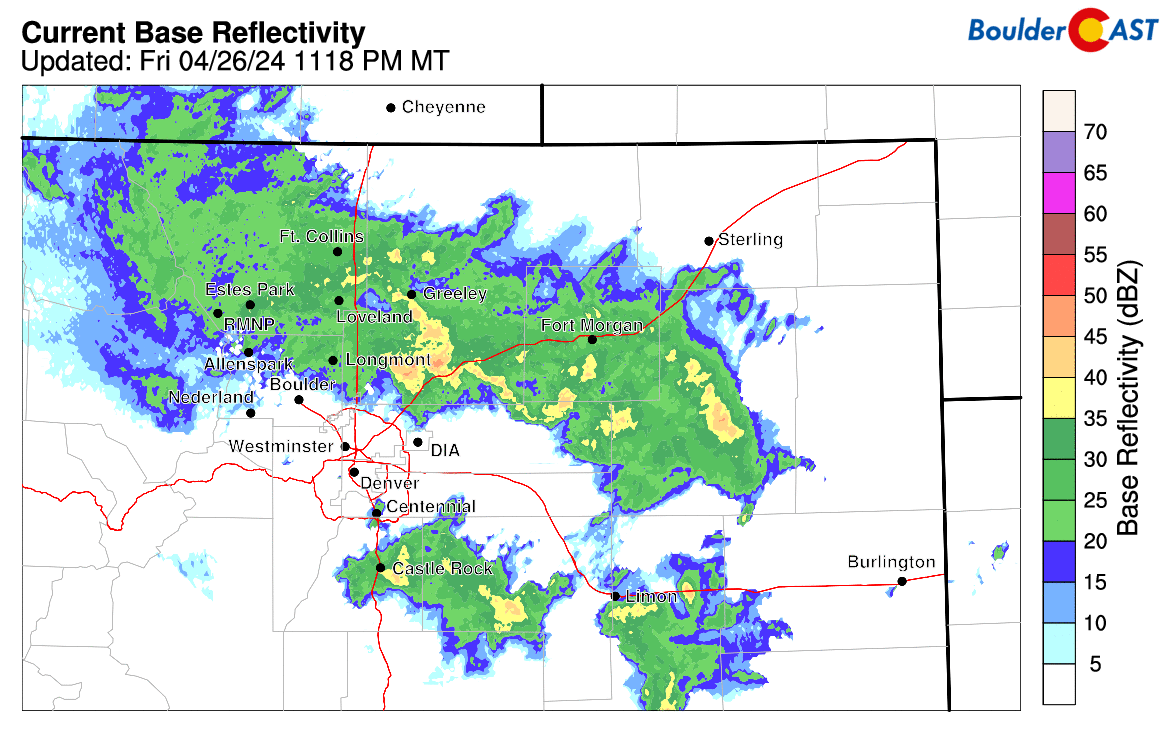

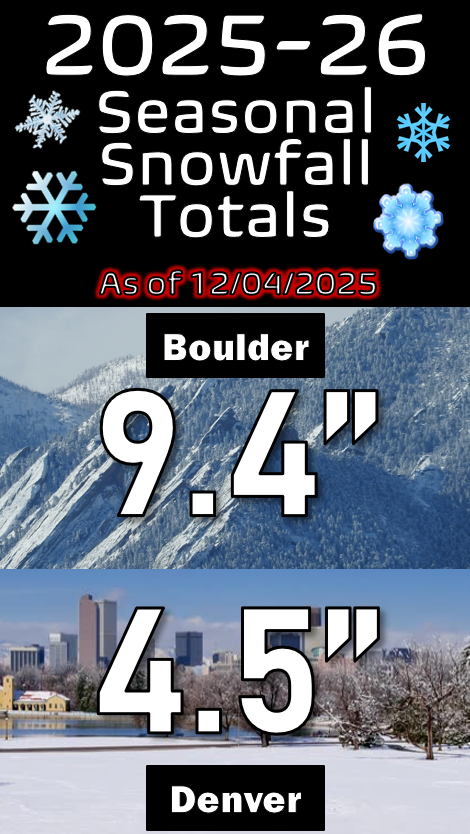
You must be logged in to post a comment.